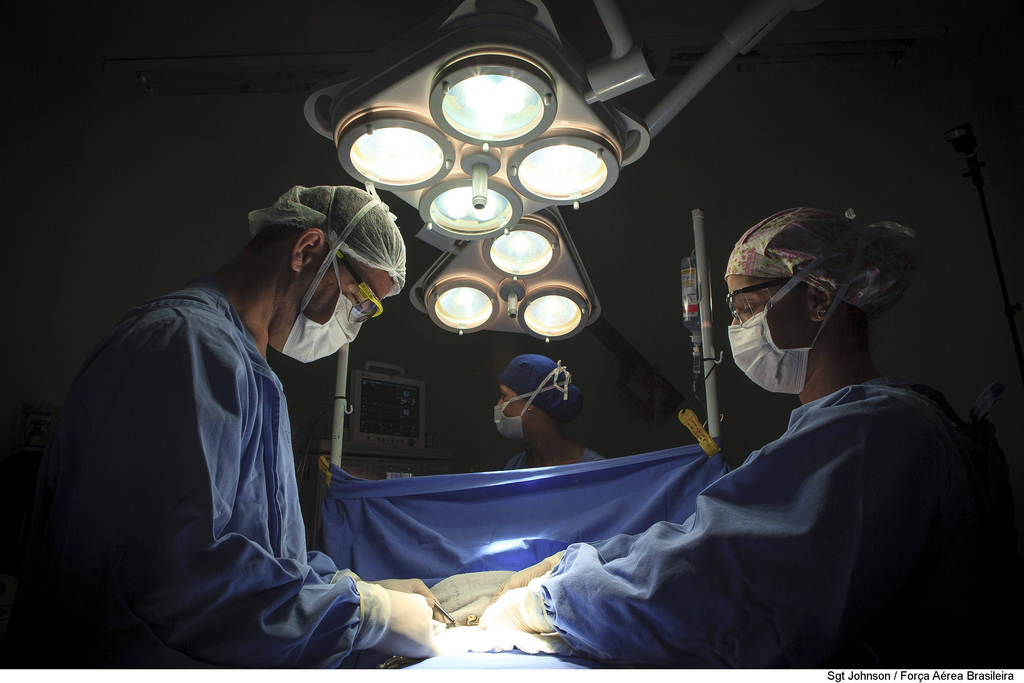 EMERGING TECH
EMERGING TECH
 EMERGING TECH
EMERGING TECH
 EMERGING TECH
EMERGING TECH
One of the most important factors in treating cancer is catching the disease early, and a team of scientists at Stanford University may have found a new way to do that thanks to artificial intelligence.
The scientists shared their project in a paper recently published in the journal Nature, which describes how they combined computer vision and deep learning to train an AI to recognize skin cancer.
Rather than creating an entirely new AI, the researchers built their agent using Google Inc.’s Inception v3 image recognition AI, which has already been trained with over 1.28 million images across 1,000 object classes, including animals, electronics, scenery and so on. Google designed Inception v3 to describe the content of an image using descriptions like “a dog sitting on the beach next to a dog,” and the company boasted last year that its AI can describe images with 93.9 percent accuracy.
In order to teach Google’s AI to spot cancer, the researchers had to create their own database of nearly 130,000 skin disease images, which they took from the internet. They then used that database to train the AI, and after testing the agent, they discovered that not only could the AI recognize skin cancer accurately, it could do so just as well as a trained dermatologist. The AI correctly identified 96 percent of malignant samples, closely matching the 95 percent accuracy of tested human doctors.
While automating or semi-automating skin cancer screenings would be useful for many doctors, the Stanford researchers noted that the AI would be especially helpful for people who might not have easy access to trained dermatologists. Thanks to computer vision, those same screenings could potentially be done anywhere using a smartphone.
Susan Swetter, a professor of dermatology at Stanford and one of the co-authors on the paper, explained that while the AI shows great promise, it still needs more testing and development before it is ready for widespread use.
“Advances in computer-aided classification of benign versus malignant skin lesions could greatly assist dermatologists in improved diagnosis for challenging lesions and provide better management options for patients,” Swetter said. “However, rigorous prospective validation of the algorithm is necessary before it can be implemented in clinical practice, by practitioners and patients alike.”
A number of businesses and researchers have recognized the potential of AI to provide easier access to medical care, especially when it comes to diseases that require a visual screening. For example, Alphabet Inc.’s DeepMind team are also using deep learning and computer vision to catch eye diseases early.
THANK YOU